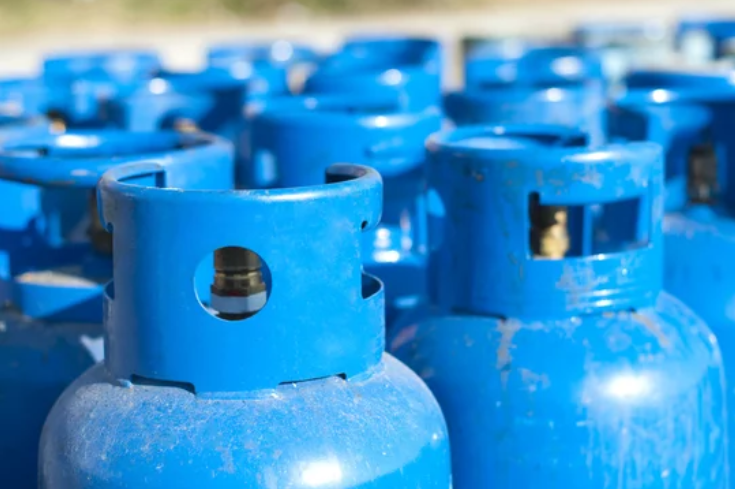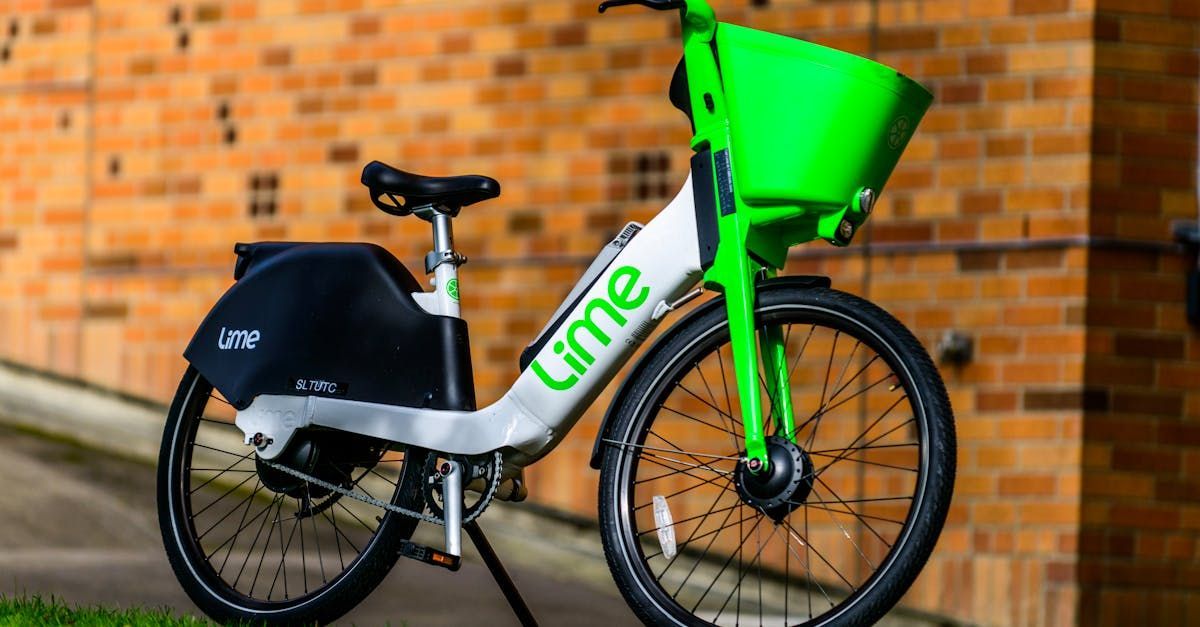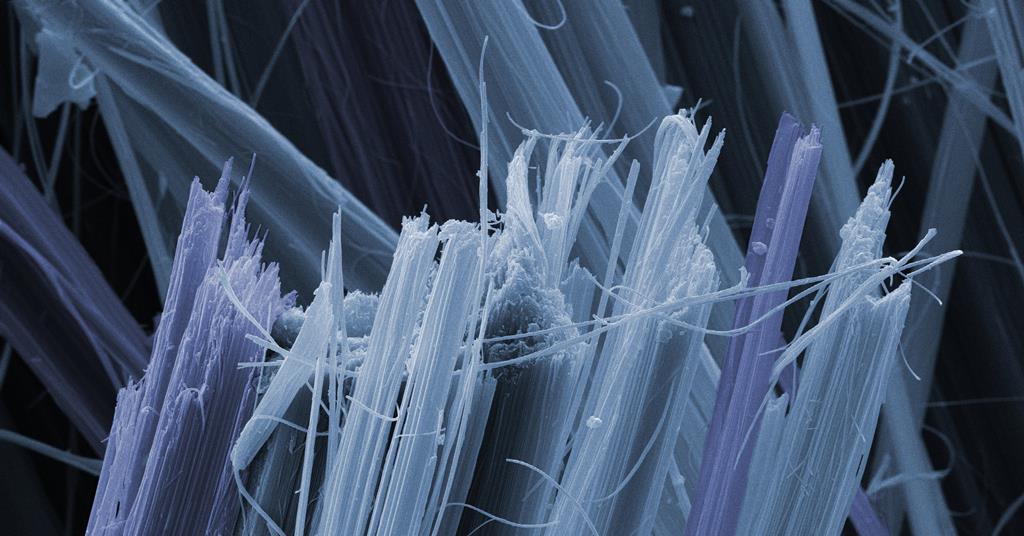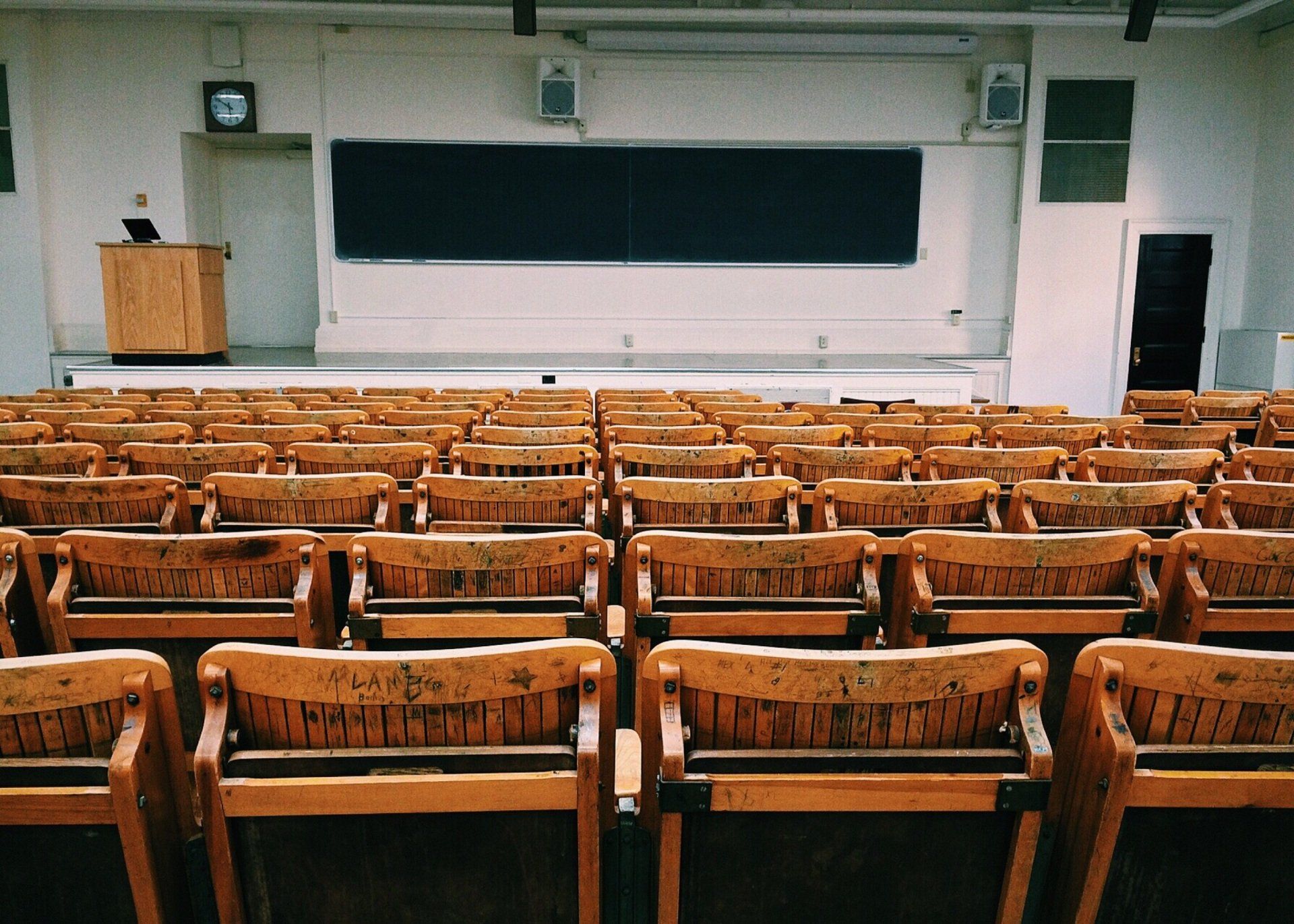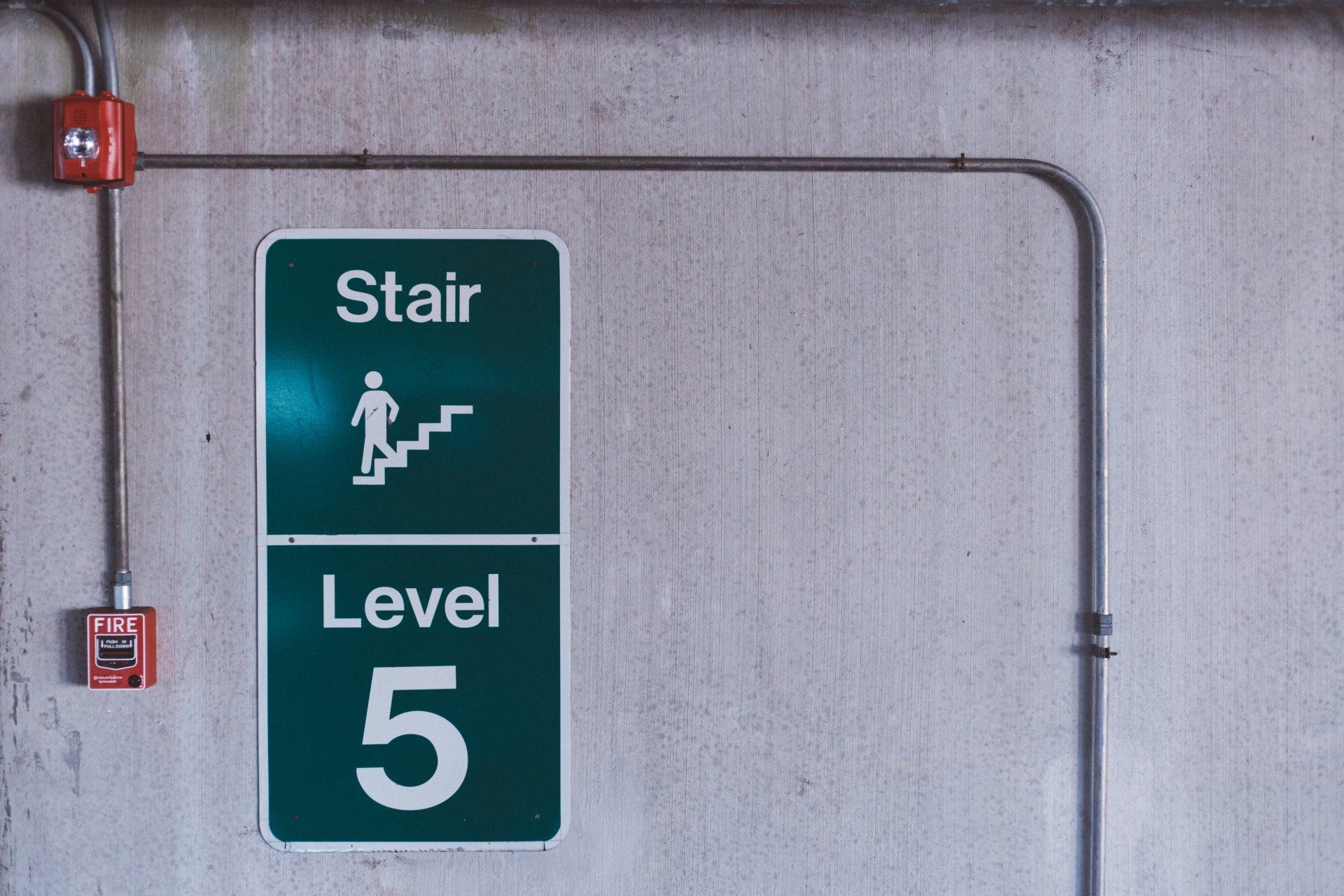Managing Covid-19 in Schools from September 2021
Managing Covid-19 in Schools from September 2021
How do we manage the new arrangements? Are we really "Back to Normal"?
The restrictions and guidance given previously throughout the pandemic have resulted in a significant reduction in the number of cases. In conjunction with the majority of people now having had at least one vaccination and the majority two, government restrictions have now been relaxed to allow all existing restrictions to be eased and all pupils to return to school.
Although these restrictions have been relaxed, many schools feel a little less-informed than previously regarding the clarity of what can and cannot be done in this new set of circumstances. A good deal of advice given by HM Government is just that – advice; the language used has changed from ‘must’ and ‘will’ to phrases such as ‘may wish to’ and ‘may decide’.
This is not dissimilar to the majority of existing health and safety legislation – assess the risk based on your own circumstances, work out a plan to minimize the risk, implement it and check if it works.
During this period, it is important to remember that there WILL be differences of opinion between schools as well as variations in policies and different ways of doing what is best. But a risk assessment can be very individual to you and your organization.
Here is our guide of recommendations which your school may benefit from implementing.
Face Coverings
Face coverings remain optional for pupils and any pupils choosing to wear a face covering should be fully supported. Additionally, the use of face coverings for adults could be advised for staff and visitors, especially in corridors or common areas where congestion is likely or expected. Visitors to the school may also be advised to wear a face covering. In the event that you have an outbreak or cases, this may be one of the first precautions to restore in certain areas.
Lateral Flow and PCR Testing
It is recommended that Staff continue to carry out two tests per week throughout the term in order to highlight and confirm they are free of Covid. Depending on the school environment, it may be prudent to consider requesting staff to remain off school if they test positive via an LFT, until they obtain a negative PCR test before returning to school.
Should the school wish to test pupils, this should be done with parental consent and tests will now consist of a double nose swab, with throat swabs no longer being required.
Where an apparent outbreak occurs, it may also be prudent to carry out additional LFT testing to identify whether the outbreak is likely to enlarge – this will help the school to monitor a situation carefully.
Cleaning Arrangements
Cleaning arrangements in most will reduce somewhat, back towards pre-Covid arrangements, but it seems sensible to continue with at least some additional stocks of cleaning substances and materials being available to carry out wiping down of surfaces whenever needed. This is also an area that could be increased again in the event of an outbreak of cases to further minimize the spread of infection.
Mixing and Bubbles
Classes are not required to operate within bubbles but this precaution could again be introduced in the event of an outbreak. For example, if several children in one boarding house test positive or display symptoms, logic tells us that it would be a good idea to separate them from others even for a short period. It will remain an option to re-implement some or all of the arrangements for teaching in bubbles in the event of a localized outbreak or where it is felt this will be of benefit in reducing risk.
Symptomatic Pupils and Staff, Contact Tracing and Isolation
Any pupil who displays symptoms of Covid whilst at school should continue to be placed in isolation, an additional LFT test carried out and arrangements made for the pupil to return home as a precautionary measure, returning only when a negative PCR test has been obtained.
Similarly, staff who feel unwell should self-isolate, either on site initially or return home until they carry out a PCR test to confirm they are safe to return to work. Where a member of staff or pupil test positive, the people they have worked near or with will be informed to allow them to identify the close contacts and those who need to monitor their health in the short term and take the required action in the event that they too test positive. Again, the arrangements will differ if this is the first case, or one of several.
Travel and Transport
It appears to be a sensible precaution for all using school transport to wear face coverings at all times due to the close proximity of seating arrangements and for the protection all passengers, staff and drivers. Many vehicle hire companies are specifically requesting this measure.
Visitors
Wherever possible, visitors should still be encouraged to have online meetings where this is possible. If nothing else, the Covid pandemic has taught the majority of people how to hold online meetings but it is appreciated that meeting in person is often more beneficial so if this is deemed necessary, visitors could be requested to complete a self-declaration regarding their current health condition prior to their visit.
No visitor should enter school within an isolation period or whilst awaiting the results of a PCR test, having been a close-contact.
Ventilation
To reduce the risks within each classroom, staff should ensure good levels of ventilation are afforded throughout the day. Although it will sometimes be difficult to open doors and windows due to poor weather, staff should still do as much as possible to allow air movement through the classroom. This may include opening doors and windows wide when pupils are not present during breaks and lunchtime and regularly assessing whether more windows could be opened as weather improves.
Where buildings are older or do not have good ventilation, the school could consider the use of fans to move the air as much as possible. CO² monitors are a good means of identifying air quality levels and can produce valuable data about the classrooms where ventilation is most difficult.
Wellbeing and Attitudes
Although the arrangements represent a relaxation of many of the existing precautions, staff will be expected to remain sensitive to the issues that still remain. The arrangements from September 2021 are far from ‘normal’ – with the pandemic still very much a threat to health, it is not yet the time to be dropping our guard. This will continue to be more stressful, create some anxiety and take a toll on all involved in the school environment. Now more than ever there is a need to ensure staff and pupils are not suffering undue mental health issues due to these restrictions and the ongoing threat of Covid.
All schools are advised to ensure line managers are able to keep a good close eye on their teams and make sure they get the help they need when they need it.

